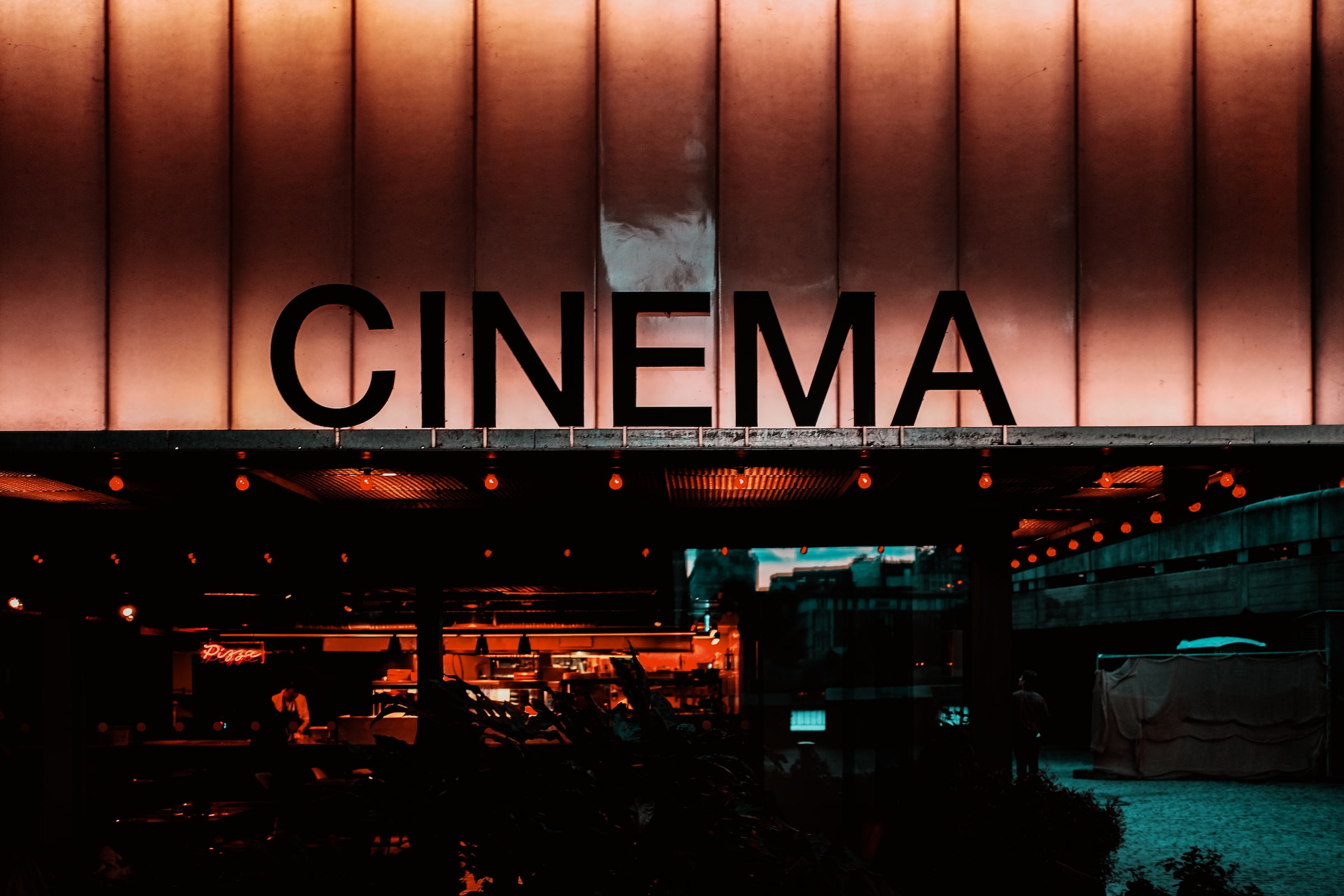
Film Critic Zoe Hollis assesses what the closure of Cineworld means for the cinema industry and considers its uncertain future
My earliest experiences of the cinema was going to Cineworld with my friends after school. It wouldn’t really matter what we were seeing, as any film could be enjoyable when armed with a Tango Ice Blast and an extortionately priced bag of popcorn. It was where I went on first dates, and where we would go when there was nothing else to do on a Friday night.
On the 5th October, Cineworld announced in their official statement that it would be closing its doors, albeit indefinitely. Worst impacted by the closure are the 5,500 staff employed by Cineworld across the UK; the majority of which are on zero-hour contracts and aren’t entitled to holiday or redundancy pay. Many Cineworld employees reported to have only found out about the sudden closure of the cinemas via Twitter. It was reported that in the week leading up to Cineworld’s sudden closure, unsuspecting staff were encouraged to purchase surplus Pick n Mix that the chain knew wouldn’t be sold by the time the cinemas shut on the 9th October.
The announcement unsurprisingly triggered cries that this was the final nail in the coffin for the cinema industry
As the biggest cinema chain in the UK, the announcement unsurprisingly triggered cries that this was the final nail in the coffin for the cinema industry. For the past few years, big name directors such as Martin Scorsese and Alfonso Cuaron have premiered their films on Netflix and other streaming platforms, lured by high production budgets and creative control. COVID-19 makes it even less appealing for audiences to go to the cinema to see new releases when they can stream an endless collection in the comfort of their home. Another blow has been the delayed release dates of several blockbusters, such as the new Bond film, No Time to Die, that could have lured audiences back into Cineworld’s seats.
However, not all cinemas have suffered the same fate as Cineworld. Certain independent cinemas, including HOME in Manchester, have reported sell-out shows since reopening post-lockdown. “Many of the successes have been foreign language, a number are directed by women, some directed by people of colour,” reported HOME’s creative director to the Guardian. A lot of independent cinemas are charity-funded or non-profit, meaning they can screen films that may not be as financially attractive to big chains like Cineworld.
Similarly, the top 10 feature film distributors – such as Disney and Universal – which have 95% share of the market tend to perform less well at local, independent cinemas. Perhaps an industry less dominated by large cinema chains such as Cineworld will undo the current supremacy of cut-and-paste, screen-tested blockbusters and their inevitable sequels. If independent cinemas are able to weather the storm, this could lead to more diverse stories being told, and to a wider audience, and the film industry could be encouraged to prioritise originality and creative storytelling rather than playing it safe for the sake of profit.
The beauty of independent cinemas is that they are made with the local community in mind. The Mockingbird Cinema in Digbeth is just one example of many great independent cinemas in Birmingham alone. The Mockingbird Cinema regularly works with local filmmakers, providing a platform for local projects. It hosts charity events and accessible screenings, all whilst being one of the cheapest cinemas in the UK. And above all, it screens great films.
If independent cinemas are able to weather the storm, this could lead to more diverse stories being told
Although the future is uncertain for the cinema industry as a whole, I hope that Cineworld’s closure may mean that more audiences are drawn to the community-driven cinemas. These are places where you can laugh and cry, spend time with your friends and enjoy some time alone. Local, independent cinemas provide support for so many, and now it’s our turn to make sure that we support them.
When I think back on my after-school experiences of Cineworld, it’s not the cinema that I look fondly back on. In some ways, my memories were made despite the overpriced tickets, sticky floors and a glut of Michael Bay releases. Instead, it was the joy of sitting down with your best friends for 2 hours, and coming out the other side, bleary eyed, chatting non-stop about the film you just experienced together. Maybe if Cineworld wasn’t around when I was growing up, we would’ve wandered into somewhere like the Mockingbird Cinema or the Electric and been exposed to a whole new world of films.
Want more analysis from Redbrick Film? Check out these articles:
Is Cinema in Danger? The Problem with Universal and VOD
Comments